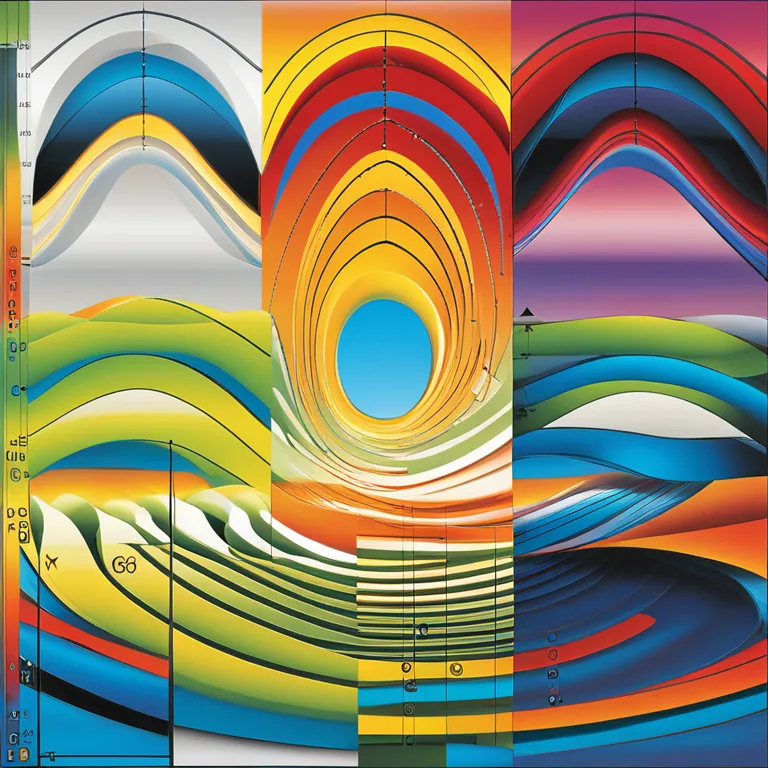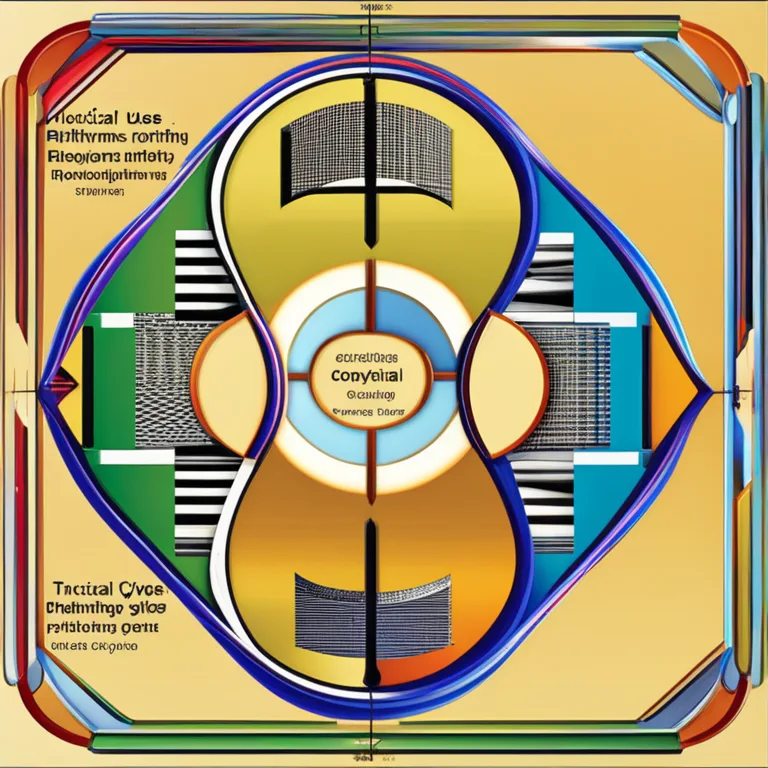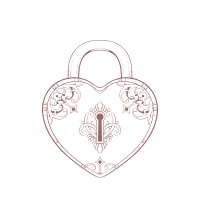
The Mechanics of Biorhythms: A Guide
Learn how biorhythms impact your daily life and how to track them for better health, performance, and emotional wellbeing.
article by Adrian Wallace
Introduction to Biorhythms
Biorhythms are a concept that suggests our lives are influenced by natural physiological cycles. These rhythms are thought to affect our physical, emotional, and intellectual capabilities. The idea originated from the 19th century but gained popularity in the 1970s. Proponents believe that understanding and tracking these cycles can help individuals anticipate their peak performance times and potential slumps. This article delves into the workings of biorhythms and how they might be integrated into our daily routines.

The Three Primary Cycles
Biorhythms are typically divided into three primary cycles: physical, emotional, and intellectual. Each has a different duration: the physical cycle lasts 23 days, the emotional cycle is 28 days, and the intellectual cycle spans 33 days. These cycles begin from our birth and oscillate in sine wave patterns, with the top half of the wave representing a time of higher-than-average ability, and the bottom half indicating a lower-than-average capacity in each of the respective areas.

Calculating Your Biorhythms
To calculate your biorhythms, you would traditionally count the number of days since your birth and apply mathematical formulas to determine your cycles' phases. Nowadays, with technology advancement, numerous apps and websites are available that make tracking your biorhythms simple. They use algorithms based on your birth date to forecast your physiological and emotional highs and lows.

The Practical Uses of Biorhythms
Many believe that by tracking these cycles, they can make informed decisions about their activities. For instance, if your physical biorhythm is peaking, it might be a great time to engage in strenuous physical activities or sports. Conversely, when your emotional cycle is low, you might avoid highly charged emotional situations. Notably, adaptability to biorhythms may vary, and personal experience should guide their application.

Scientific Perspective on Biorhythms
The scientific community remains skeptical about biorhythms. Critics argue that there's insufficient empirical evidence to support the theory. Yet, it's acknowledged that circadian rhythms, which are biological processes that occur on a roughly 24-hour cycle, are indeed influential in terms of sleep and hormonal activity. Whether the longer cycles proposed by biorhythm theory hold scientific weight is still under debate as of 2024.
Biorhythms in the Digital Age
With the dawn of wearable technology and advanced analytics, the potential to monitor our biological patterns has never been greater. While biorhythms in their traditional sense aren't universally accepted, the integration of biorhythm-like data with other biological metrics might present novel insights into personal health and productivity. This is a growing field of interest as individuals seek more personalized data to drive their daily decisions.
Conclusion: Harnessing Biorhythms Responsibly
Understanding biorhythms could be a tool for enhancing life quality, provided it's used judiciously and in conjunction with evidence-based health practices. As the dialogue between holistic and scientific communities continues to evolve, the future may reveal more about how these and similar patterns truly influence our well-being. For now, those interested in biorhythms can explore their cycles and leverage this knowledge for personal gain or simply out of curiosity.
Published: 12/28/2023
Modified: 12/28/2023
More predictions
Come back here soon to learn more about yourself and your future


Navigating Biorhythm Cycles
Explore the concept of biorhythms, their cycles, and examples of how they influence our daily lives.


Exploring Human Biorhythmic Cycles
Explore the fascinating concept of biorhythms and their influence on physical, emotional, and intellectual faculties in humans.


Unlocking Your Body's Natural Clock
Explore the intriguing world of biorhythms and discover how they influence your physical, emotional, and intellectual states.